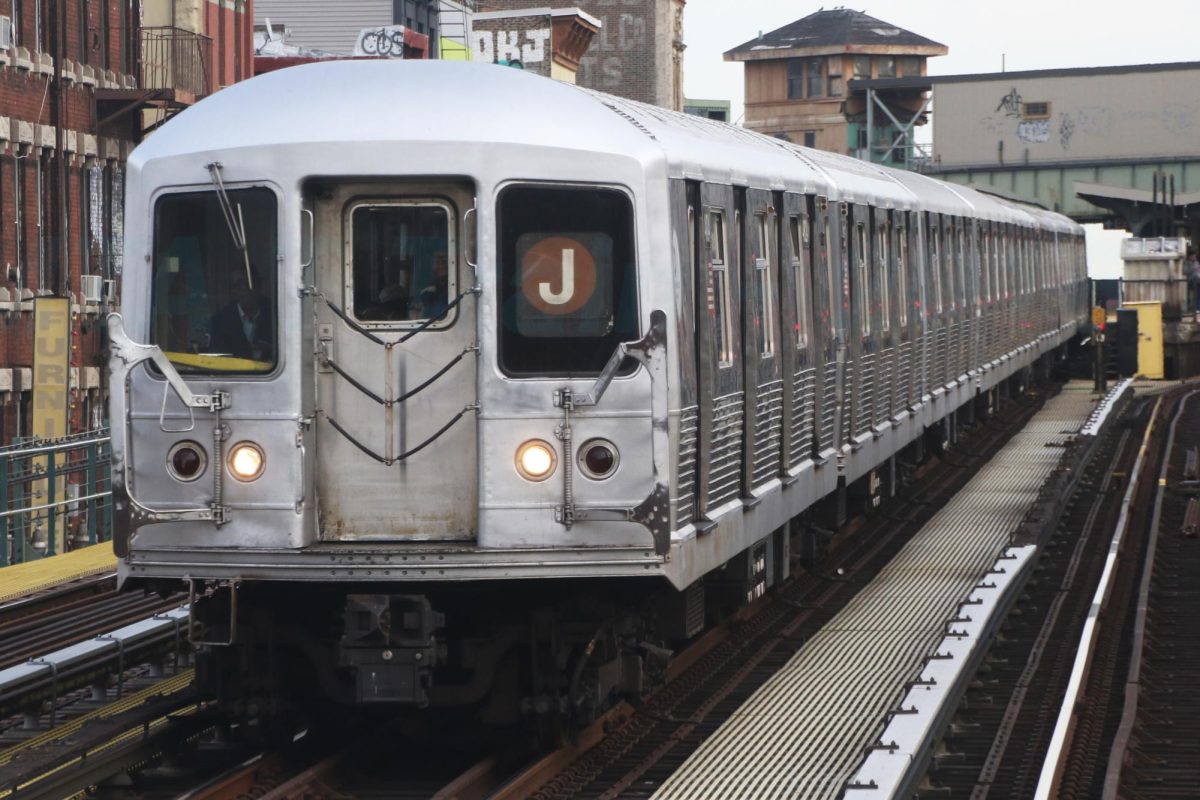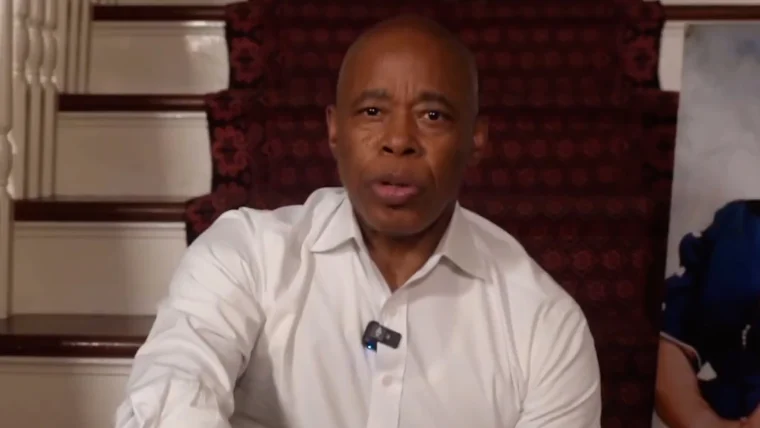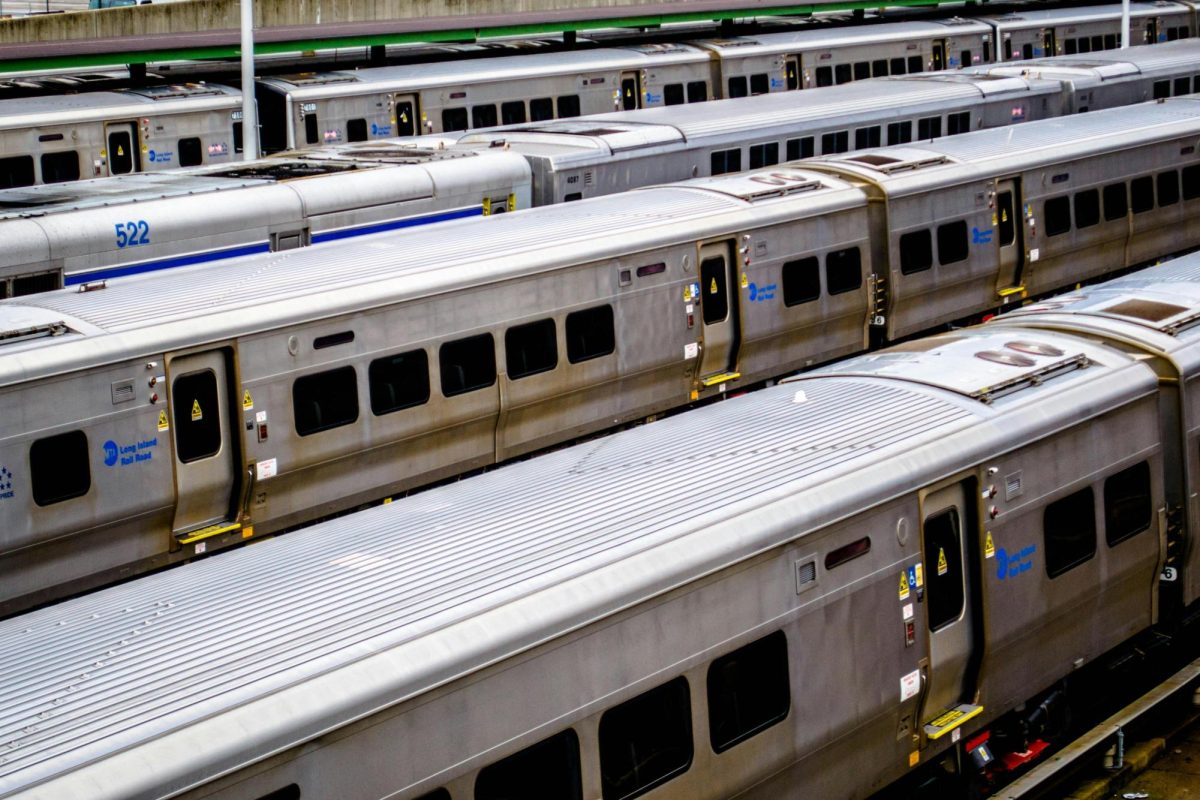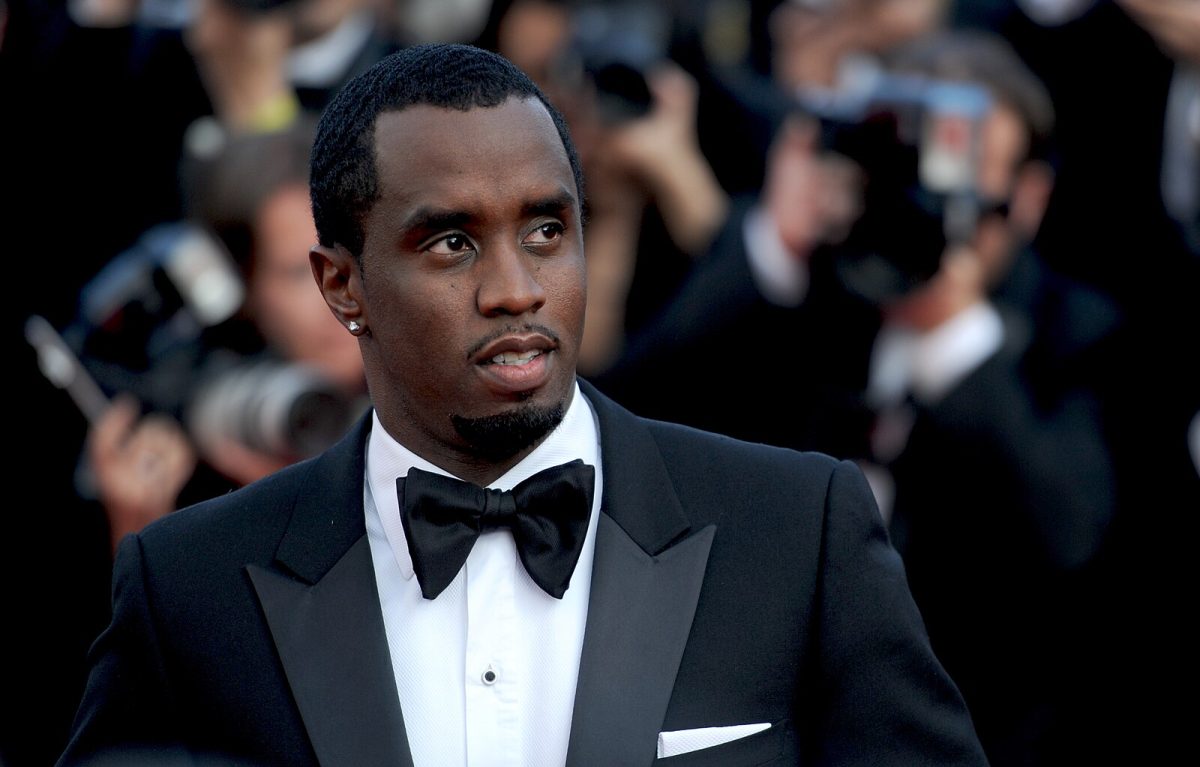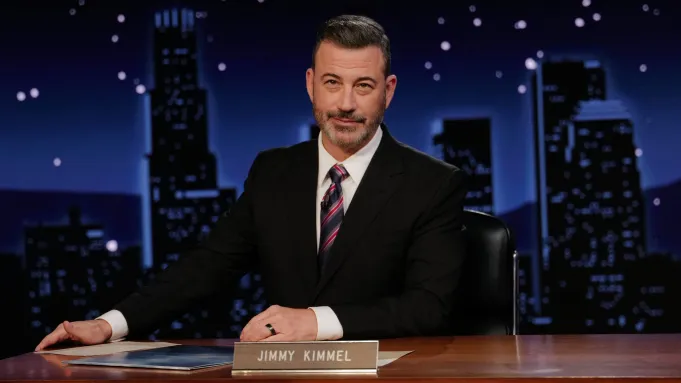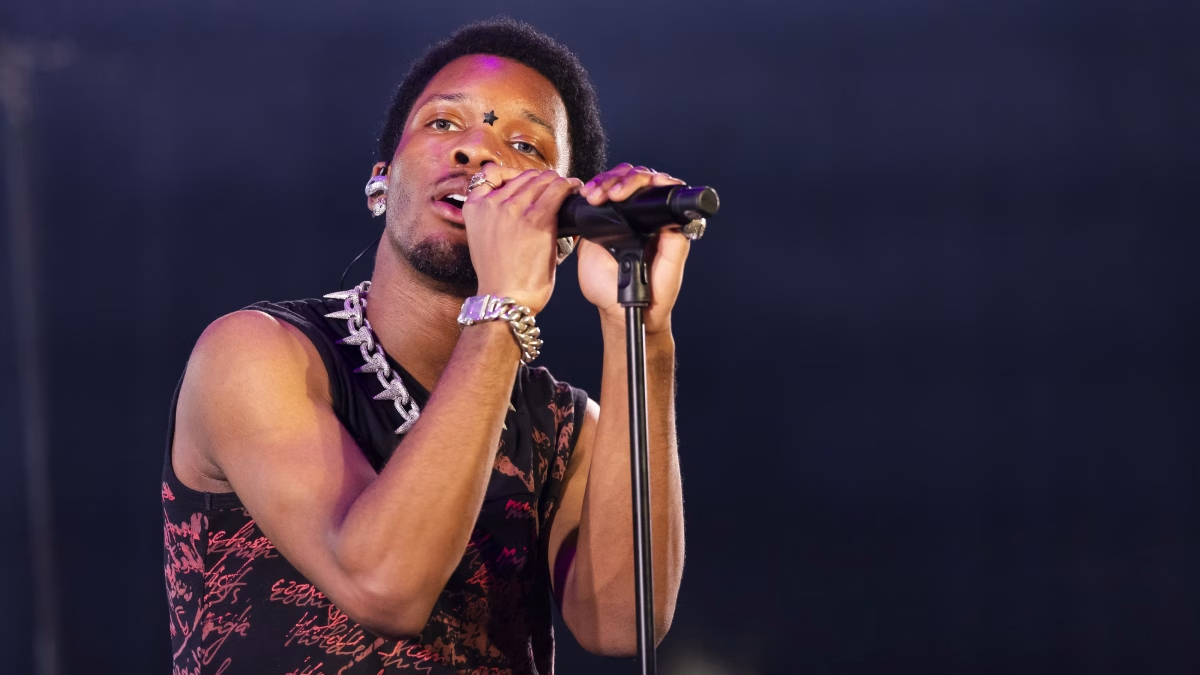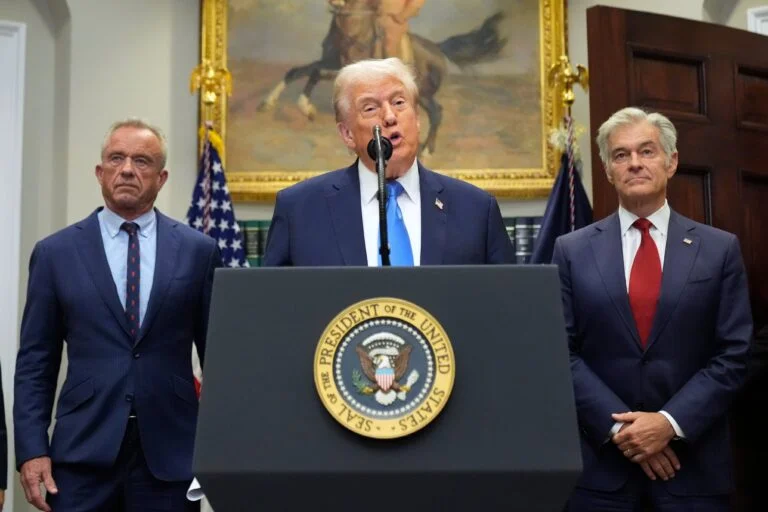As all students at our University’s downtown campus know, we are blessed with a good subway system in NYC. When it first opened in 1904, the subway ran twenty-two miles from City Hall to 145th Street and Lenox Avenue—the longest stretch ever built at one time. From that initial route through the completion of the Independent Subway line in the 1940s, the subway grew to cover 722 miles—long enough to reach from New York to Chicago. It was once considered the best subway system in the world, but it now falls behind systems in other global capitals.

In spite of recent improvements, subway trips begin early in anticipation of delays or have crammed inside a packed car because the next train is 18 minutes away or have been stuck underground between stations with no cell service. Experts agree that the only way to rebuild the system is by installing modern signals to replace the antiquated equipment—some built before World War II—that presently directs train traffic. Completing this would transform the system into a modern subway worthy of a global capital.
The Metropolitan Transportation Authority has proposed a $54 billion capital plan—its largest ever—that includes projects intended to radically upgrade the system over the next five years. Highlights of the plan include modern subway signals, elevators in 70 stations and the extension of the Second Avenue subway north to East Harlem.
Securing funding for all of this is the MTA’s biggest challenge. They are depending on a mix of federal, state and city funding, none of which is guaranteed. If the transit agency does not secure enough funding, the plan will have to be smaller. Getting the required money is a long process, but the hope is that some of these projects will start moving ahead in 2020.
Many daunting obstacles exist. Gov. Andrew Cuomo has faced criticism for letting the system deteriorate on his watch. It remains to be seen whether Gov. Cuomo is committed to the overhaul proposed by the MTA. Complicating matters further, Gov. Cuomo and the subway leader, Andy Byford, have not gotten along in the past, and the MTA is facing a growing budget crisis that could lead to service cuts.
Last year, Byford introduced an ambitious plan, known as Fast Forward, to overhaul the signals on most lines over the next decade. Byford said in an interview that “the plan is crucial to achieving one of his main goals”—pushing the on-time rate above 90 percent, which would put NYC on a par with the very best in the world: London, Hong Kong, and Singapore. He believes that fundamental, comprehensive re-signaling will get us there. However, Gov. Cuomo has balked at the price tag for this effort in the past.
Mayor Bill de Blasio has been happy to let Gov. Cuomo take the heat for the subway. But City Council speaker Corey Johnson, who is likely running for mayor in 2021, wants the city to retake control of the subway. He argues that the system is too critical to the city’s success to let it be run by state leaders who do not even use it.
The subway has rebounded from its most recent low point of about two years ago, when significant disruptions regularly upended the city, and riders lost faith in the system. Since then, the on-time rate for trains has jumped to 80 percent, up from 65 percent in 2017. Subway cars are breaking down less frequently and the number of major delays is down. Still, there is much room for improvement.
What can we, as students, do to help these proposed subway improvements come to fruition, in order to help students can write to our city, state and federal legislators, appealing to them to make funding the MTA’s proposal a priority. In the meantime, your University transit reporter will keep you informed of progress.

